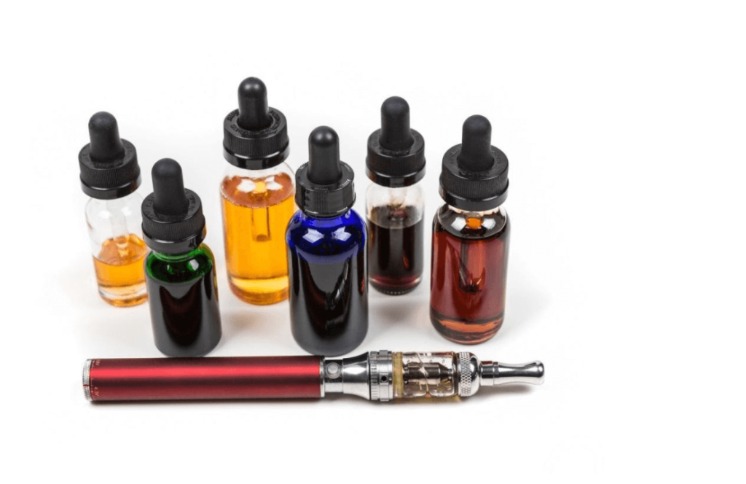Read more about vape pens here.
In recent years, the rise of vaping has brought about significant changes in both social behaviors and public health discussions. Originating as an alternative to traditional smoking, vaping has rapidly evolved into a cultural phenomenon. This article delves into the transformative journey of vaping, exploring its impacts and the controversies surrounding it.
Origins and Development of Vaping
The concept of vaping was first introduced in the early 2000s. Originally designed as a way to curb smoking addiction, vaping devices have undergone numerous advancements:
- Initial e-cigarettes mimicked the look and feel of conventional cigarettes.
- Subsequent versions introduced customizable vaping devices, allowing users to control nicotine levels and flavors.
- The rise of sub-ohm vaping provided larger vapor clouds and a more intense experience.
Economic Impact
The vaping industry has grown exponentially, affecting various economic sectors:
-
Read more about disposable vape pen here.
- Small businesses and vape shops have flourished worldwide.
- Major tobacco companies have entered the market, launching their own vaping products.
- Growth in online sales has boosted the e-commerce sector.
Health Considerations
The health impacts of vaping remain a hot topic of debate. Key points include:
Benefits:
- Reduced exposure to harmful tobacco smoke.
- Potential aid in smoking cessation for some users.
Drawbacks:
- Potential for nicotine addiction, especially among youth.
- Insufficient long-term research on health effects.
Regulation and Controversies
Various regions have implemented differing regulations concerning vaping:
- Restrictions on the sale of vape products to minors.
- Bans on flavored e-liquids to prevent youth attraction.
- Public bans similar to those on tobacco products.
FAQs
Is vaping safer than smoking?
While vaping is generally considered less harmful than smoking, it is not entirely risk-free. The long-term effects are still under study.
Can vaping help quit smoking?
For some smokers, vaping has been an effective cessation tool. However, it should be used thoughtfully and ideally under medical supervision.
What are common components of a vaping device?
Most devices include a battery, a tank or cartridge, a coil, and e-liquids containing nicotine, flavorings, and other chemicals.
As vaping continues to evolve, it remains crucial to stay informed about its developments and health implications. Education and regulation will play key roles in shaping the future of this modern habit.




